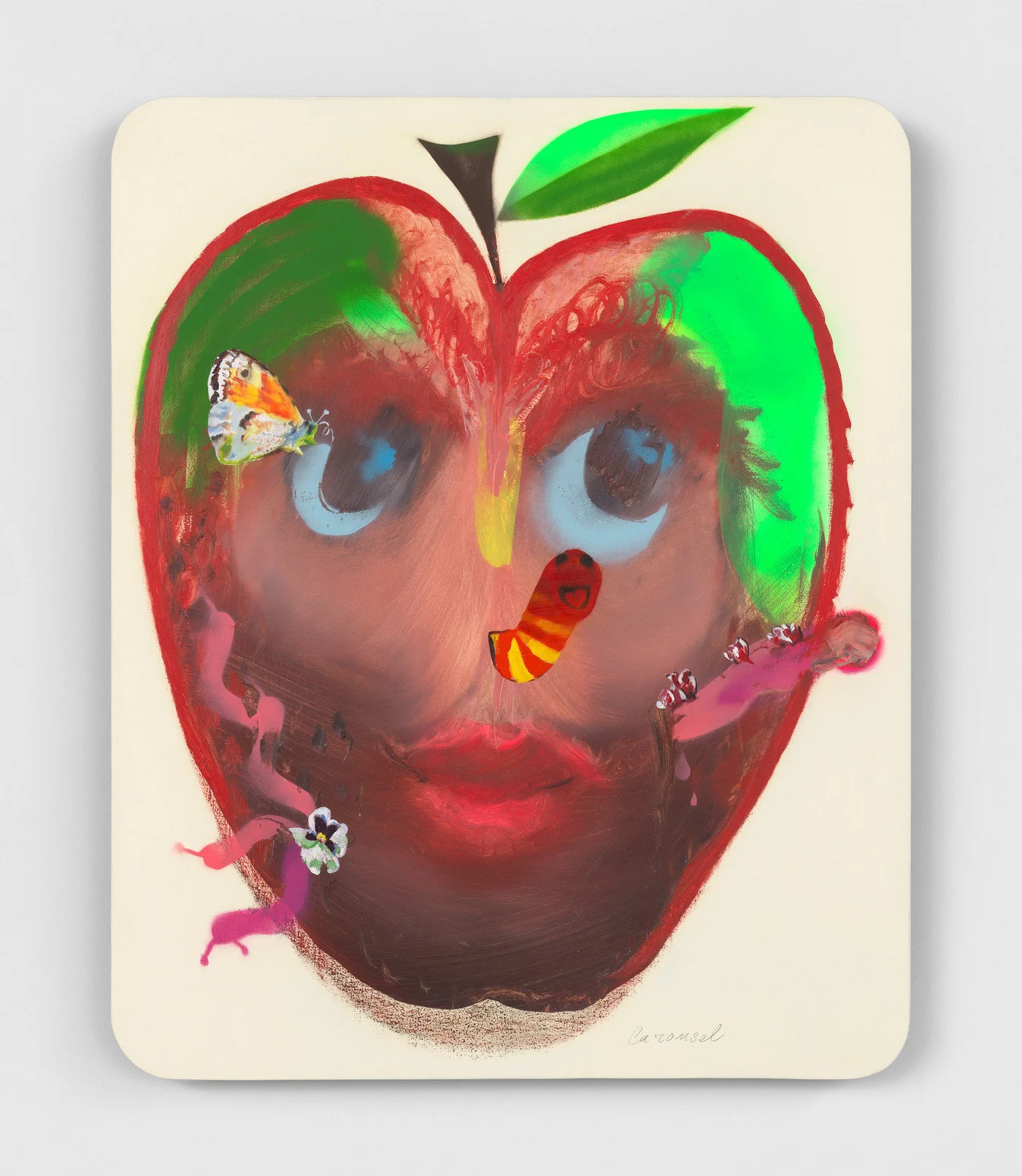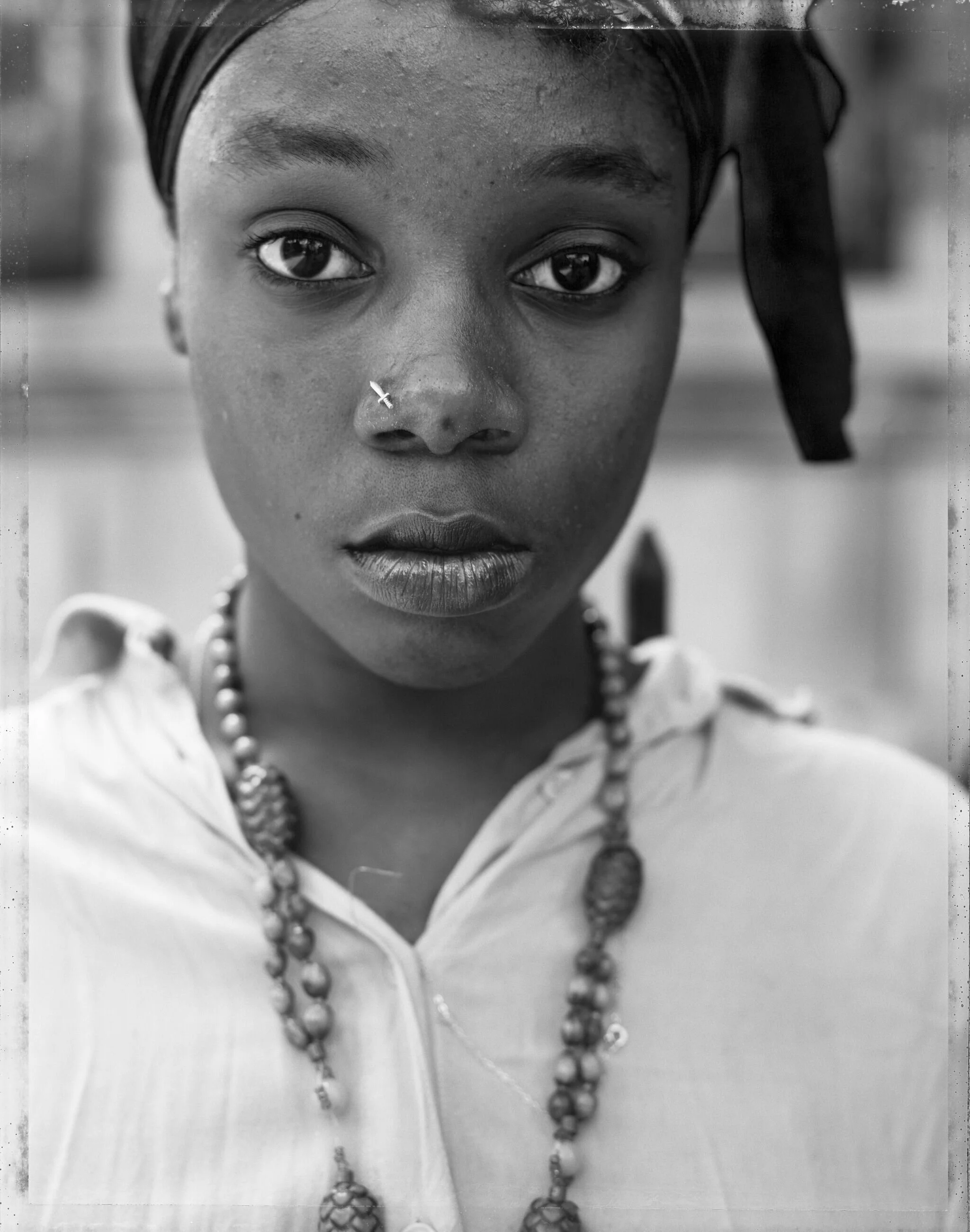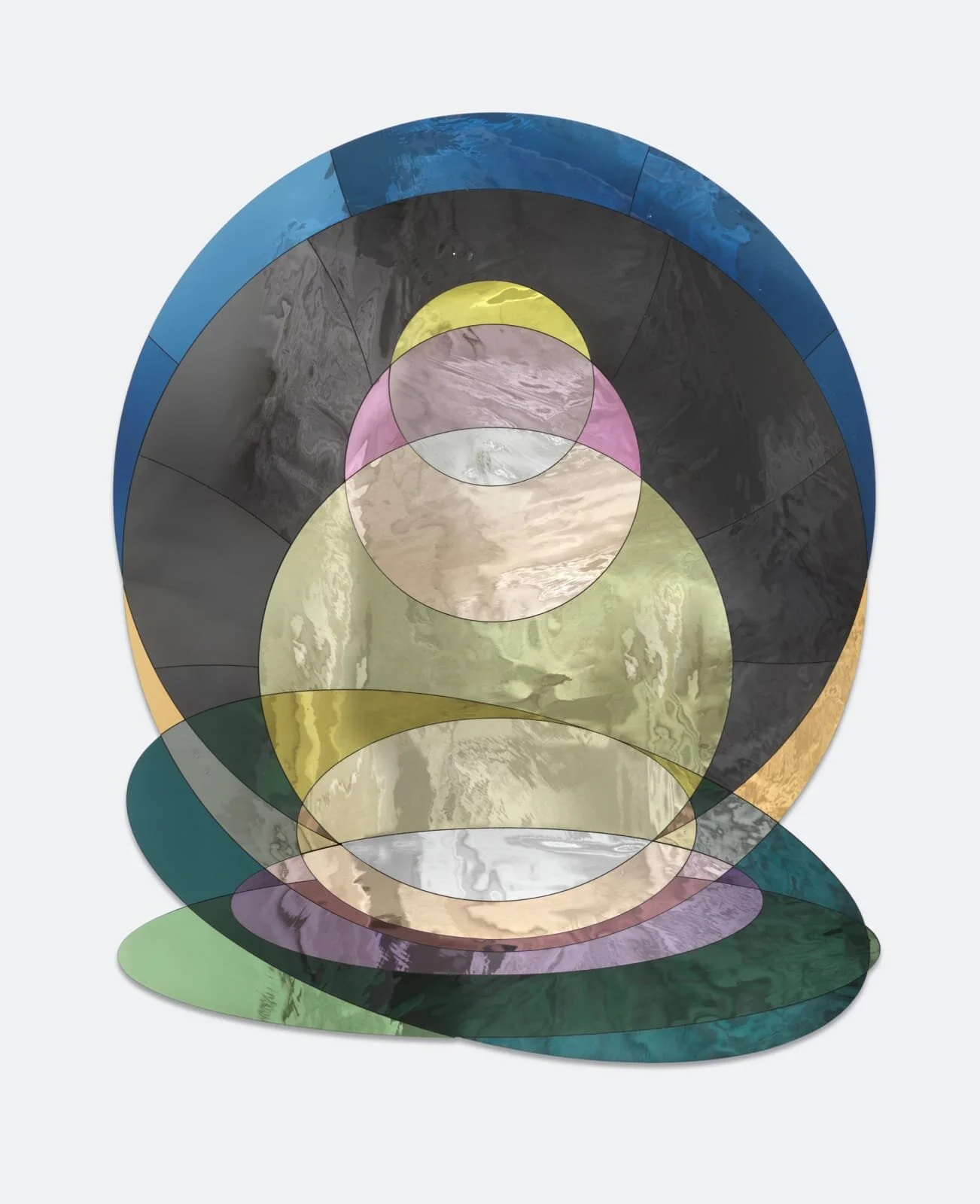Alessandro Pessoli
“Carousel”
New York, 16 East 55th Street
“In this new cycle of works, I tried to find a balance between drawing and painting. I looked for solutions on how to create, in the same image, the lightness of the drawing sketched into the shapes and the stratification of the painting, which is full of memories.
These are imaginary portraits of male and female figures. The classic pose of the figures is contaminated by Disney characters and illustrations from William Blake’s Divina Commedia - a reshuffling of iconographies and symbologies. Flowers, apples, birds, skulls, swords, snakes, wings, and talons are some of the elements that accompany and characterize the figures.
The title, Carousel, recalls the continuous rotating, going up and down - a play, an entertainment - it represents a way to outline the human condition through symbolic figures and scenes from Western art history such as Adam and Eve, The Expulsion from Paradise, the isolation, the temptation, the fall, and the rebirth.
In this new series of works, angels and devils resemble young teenagers or vice versa. The apple and the snake are recurrent in both Jung Adam and Rebel Eva: the apples have eyes, and they look out from their point of view; the snakes are depicted as comic-like, silly worms that come out from a heart or a chest. There’s no drama but amusement, play, vulnerability—something is exceeding or lacking from the classic representation.
In Jung King, the figure of a boy resembles a Peter Pan, or young hippie with a guitar, or a Renaissance page lifting his arms laughing. At his feet there are two flowers growing from two skulls (a quotation from Andy Warhol and Picasso). It is a subverted memento mori: once I finished the painting, I realized it made me think of the Pandemic.
Drama and comedy, density of significance, vivacity and irony in the association among the various elements—are what move these figures. It’s a Commedia dell’Arte. All of the figures emerge from a backdrop that I painted white: it’s a non-existent space, there’s no environment or location, but a light that makes everything readable, evident, from the small pencil mark to the light spray-painted shades or the spatula mark, dense with color. The light makes evident the drawing and painting work in outlining the warmth and the interiority of the characters.
The figures are contained inside a frame with blunt corners that delimit the vital space. This frame has different functions: it is the threshold from which the figures appear, a theatrical space that concentrates the gaze inside this symbolic space. It also has the shape of a smartphone with the images that scroll from social media.
Every painting has its title written under the figure, this creates an association with Tarots cards where the figures of man and women are symbols and phases of the climb or the descent, which dispense the various stages of the human life, like in Tarots, where everything is in the movement and change in its own repetition.”
--Alessandro Pessoli








